
Starting June 1st, 2023 Our warehouse fee will be $0.65/cubic foot per month
In effort to lower the warehouse storage fee during inflation, we have went narrow aisle racking.This construction took us four months but the project is finally completed. With narrow aisle racking, we are able to drop storage by 24%.We as partners will go through this inflation together.
11/01/2023
The world of e-commerce is teeming with opportunities, and for many sellers, Amazon's FBA (Fulfillment by Amazon) program stands out as a profitable gateway. However, amidst the numerous advantages, there's a critical aspect that can significantly impact your profitability: Amazon pick and pack fee. Understanding this fee is essential for any FBA seller, as it plays a pivotal role in the overall cost structure and can ultimately determine the success of your Amazon business venture. In this article, we will delve deeply into Amazon's pick and pack fee, decoding its intricacies, implications, and ways to optimize this fee for your benefit. So, let's embark on this journey with Worldcraft Logistics to shed light on the complexities and explore the cost-effective strategies behind Amazon pick and pack fee.
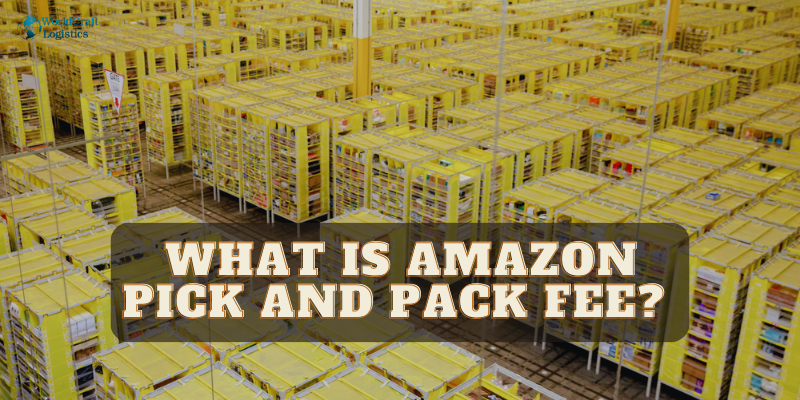
Amazon has implemented a fee known as the Amazon pick and pack fee. This fee is specifically designed for order fulfillment, encompassing the cost of item retrieval at the fulfillment center and the packaging and shipping of items to customers. The fee varies depending on the weight and size of the items, ranging from a few dollars to a few cents. In addition to this fee, there are other associated costs when selling on Amazon, such as storage fees for items kept in fulfillment centers, monthly subscription fees for selling plans, and fees for various other Amazon services.
When considering the pick and pack fee, it is important to note that this cost is relatively small compared to the benefits of selling on Amazon. Amazon is one of the world's most prominent and extensive e-commerce platforms, boasting a vast global user base. Sellers can potentially increase their profits by leveraging Amazon's vast customer reach and access to essential resources and tools. As sellers conduct business on the Amazon platform, the pick and pack fee becomes a factor to consider, allowing them to assess whether the advantages of selling on Amazon outweigh the associated costs.
Terms to consider when learning about Amazon FBA for newbies:
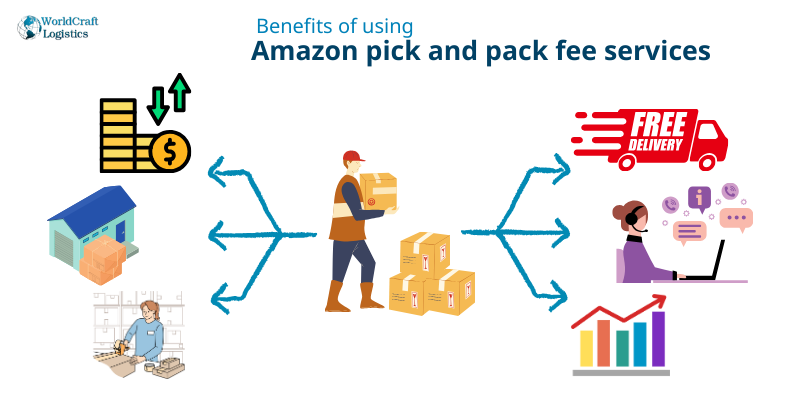
If you're a smaller seller looking to fulfill customer orders, understanding Amazon's pick and pack fee services is crucial. These services encompass the storage of a seller's physical inventory at Amazon's fulfillment centers, as well as the monitoring of the picking, packing, and shipping of these products to customers. Here are the various advantages of utilizing the pick and pack fee services:
The Amazon platform boasts a vast global customer base, with over 300 million active customer accounts. Sellers can leverage Amazon's fulfillment network to tap into this extensive customer base, enabling them to expand their business on a significant scale and enhance their sales effectively.
Amazon's advanced technology streamlines the fulfillment process by automating order shipping and processing, reducing the effort and time required to fulfill customer orders, thus benefiting sellers.
The Amazon pick and pack fee contributes to improved efficiency. Sellers can save both time and money by utilizing this fee and streamline their order fulfillment process through Amazon's state-of-the-art fulfillment centers.
Amazon provides customer service support to buyers on behalf of sellers, lightening the workload for sellers and enhancing the overall customer experience.
Products fulfilled by Amazon are eligible for Prime Shipping, offering customers reliable and speedy shipping options. This also increases sales for sellers.
Amazon's fulfillment of products enhances product visibility, as customers can easily find relevant products on Amazon's site using their search bar, thereby boosting sales.
Amazon offers bulk shipping rates, allowing sellers to reduce shipping expenses and increase their business profits.
Sellers can take advantage of Amazon's inventory management services to minimize the risk of stockouts and improve their product stock levels management.
As sellers expand their businesses on the Amazon platform, the fulfillment network grows effectively. This enables sellers to reach more customers and fulfill a greater number of orders.
Amazon's fulfillment network facilitates global reach for all sellers. The introduction of pick and pack fees Amazon enables sellers to ship their products to users worldwide, increasing their sales and expanding into the global market.
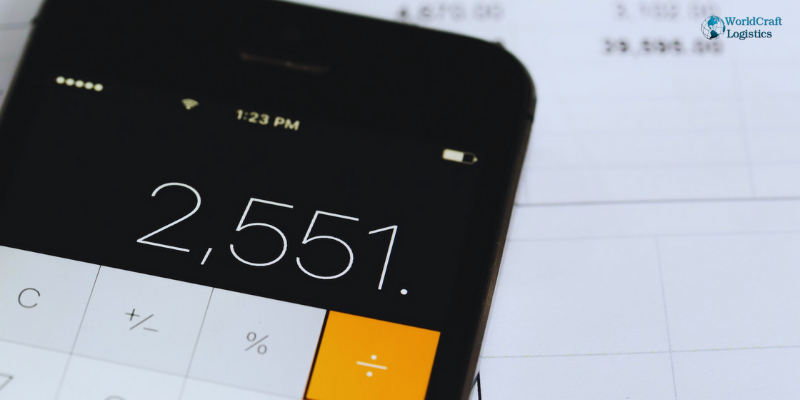
Amazon uses several key criteria to determine the costs associated with your products. In Amazon FBA service, there are four core principles we will briefly explore, though it's important to note that the application of these principles can vary depending on the specific attributes of your individual products.
Amazon pick and pack fees are primarily influenced by the size of your product. These size tiers are determined by factors such as the product type, weight, and dimensions. It's worth mentioning that Amazon employs the measurement standards specific to your location, utilizing inches and pounds in the United States. Your geographical location also plays a role in this equation. Therefore, it's essential to refer to the local fee structure applicable to your specific area.
To determine your product's size, you must meet specific requirements in each category. For example, a product is considered standard size when it meets the following criteria when fully packaged:
The unit weight is less than or equal to 20 pounds.
The longest side (length) is less than or equal to 18 inches.
The median side (width) is less than or equal to 14 inches.
The shortest side (height) is less than or equal to 8 inches.
Amazon also assigns product category labels, resulting in different price calculations for standard-size apparel and standard-size non-apparel goods, among others.

In most cases, Amazon determines shipping fees based on the weight of your products. Shipping weight is typically rounded up to the nearest ounce for products under 1 lb. For products weighing more than 1 lb., Amazon rounds up to the nearest pound. When dealing with standard-size products weighing 0.75 lbs. or less, Amazon consistently uses shipping weight. For heavier or oversized packages, the company also considers dimensional weight.
For products falling under the "special oversize" category, the standard unit weight applies.
Amazon takes into account the dimensions of your products to establish charges. DIM weight is calculated by multiplying the length, width, and height of a unit and then dividing that number by 139. If the DIM weight exceeds the physical weight of the unit, you will be charged based on the DIM weight.
Amazon employs DIM weight calculations for large standard-size units weighing over 0.75 lbs. and all small oversize, medium oversize, and large oversize units when the DIM weight exceeds the unit weight. Special oversize products have distinct criteria for when DIM weight is used.
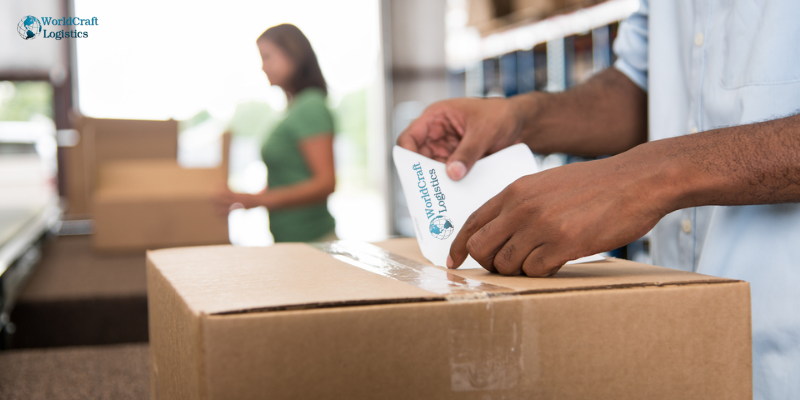
Amazon's fee categories are instrumental in determining if your product incurs additional fulfillment fees. While Amazon uses this term in various contexts, two aspects are particularly important:
These fee categories help you identify the specific category your products belong to, which, in turn, helps you ascertain other fees, such as size tiers. For instance, apparel products have their own tier system, with the smallest and lightest products starting at a $3 fulfillment fee per unit, which is higher than the general category where pricing begins at $2.70.
You can also utilize these categories to anticipate potential additional expenses. Amazon imposes special handling fees for certain items, such as a $40 fee for TVs with a screen size of 42 inches or larger.
Amazon provides rate cards that outline their fulfillment fees, which serve as a valuable resource for determining the precise expenses associated with each SKU. These rate cards were last updated as of September 2021, but it's important to note that Amazon's pricing is subject to change. Fortunately, Amazon regularly updates the web page containing the most current rate tables, making it an excellent reference for cross-verifying FBA expenses.

While the rate charts are informative, there are additional factors to consider when understanding the Amazon pick and pack fees you'll encounter. For FBA (Fulfillment by Amazon) sellers, fees may also apply when your products are on backorder or when you use Amazon for Multi-Channel Fulfillment (MCF) orders. Amazon often imposes higher fulfillment charges for these MCF orders.
Furthermore, you may encounter a 5% surcharge if you restrict fulfillment services from Amazon Logistics. Some sellers choose to do this in response to carrier restrictions imposed by certain channels. Therefore, if you're running your business with Amazon's MCF and need to utilize alternative carriers or options, you could potentially face a surcharge on every order.
It's worth noting that what might be concerning is the disparity in costs for order fulfillment. To illustrate this, consider the following example directly from Amazon's website:
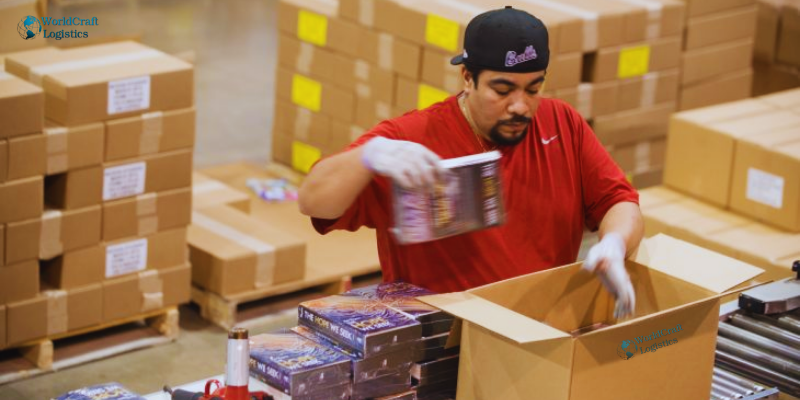
If you are still wondering about terminology or looking for an Amazon FBA fulfillment partner. 👉Please contact Worldcraft Logistics immediately, we will enthusiastically help you.
Sellers should prioritize finding effective ways to minimize Amazon's pick and pack fees. This can be achieved through various strategies aimed at reducing costs while maintaining efficient order fulfillment. Here are several methods to help sellers minimize these fees:
Optimize Packaging: Use cost-effective and efficient packaging methods and materials. Consider reducing packaging size and utilizing lightweight materials to lower shipping costs.
Third-Party Fulfillment: Sellers can opt for third-party fulfillment services or fulfill orders themselves to avoid the pick and pack fee altogether.
Automation: Implement automation in the pick-and-pack process, such as printing shipping labels, optimizing warehouse layouts, and selecting the right order fulfillment software.
Fulfillment by Amazon (FBA): Leverage FBA to tap into Amazon's distribution network and warehousing capabilities, streamlining shipping and storage.
Multi-Channel Fulfillment: Utilize Multi-Channel Fulfillment to purchase goods in bulk, potentially reducing pick-and-pack fees.
Professional Seller Account: Maintain a professional seller account to efficiently manage your inventory and become eligible for the buy box, which can boost sales.
Seller Fulfilled Prime (SFP): Consider enrolling in Seller Fulfilled Prime (SFP) to offer free shipping and meet orders using your own delivery services and warehouses.
Accurate Product Labeling: Properly label products for easy packing, location, and retrieval, streamlining the shipping process.
Negotiate Shipping Rates: Regularly negotiate with carriers to secure lower shipping rates, which can contribute to cost savings.
Reduced Packaging Material: Minimize the use of packaging materials to reduce resource consumption and labor costs associated with packaging.
Preparation and Optimization: Efficiently prepare and optimize products for maximum use of storage space, potentially reducing pick-and-pack fees.
It's important for sellers to continuously evaluate and refine their strategies for reducing these fees, as doing so can significantly impact the overall profitability of their business.
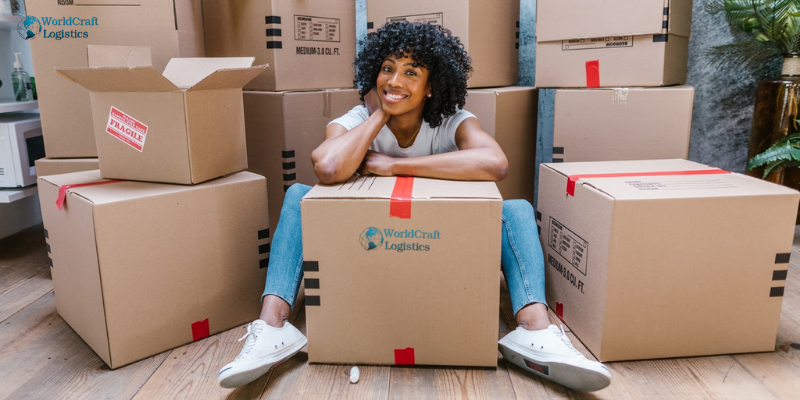
In essence, Amazon pick and pack fee services provide an array of advantages for sellers. These encompass enhancing the customer experience, cutting down on shipping expenses, streamlining operations, and amplifying product visibility. All these factors contribute to a more efficient business operation. By harnessing Amazon's fulfillment network, sellers can optimize their order fulfillment process and elevate their brand. If you require assistance in fulfilling Amazon orders, our team at Simple Fulfillment stands ready to propel your business to new heights with our comprehensive pick, pack, and ship services. Don't forget to follow Worldcraft Logistics's next articles sharing experiences about Amazon FBA.
SEO
Digital Marketing/SEO Specialist
Simon Mang is an SEO and Digital Marketing expert at Wordcraft Logistics. With many years of experience in the field of digital marketing, he has shaped and built strategies to effectively promote Wordcraft Logistics' online presence. With a deep understanding of the logistics industry, I have shared more than 500 specialized articles on many different topics.

Amazon Handbook
02/20/2023
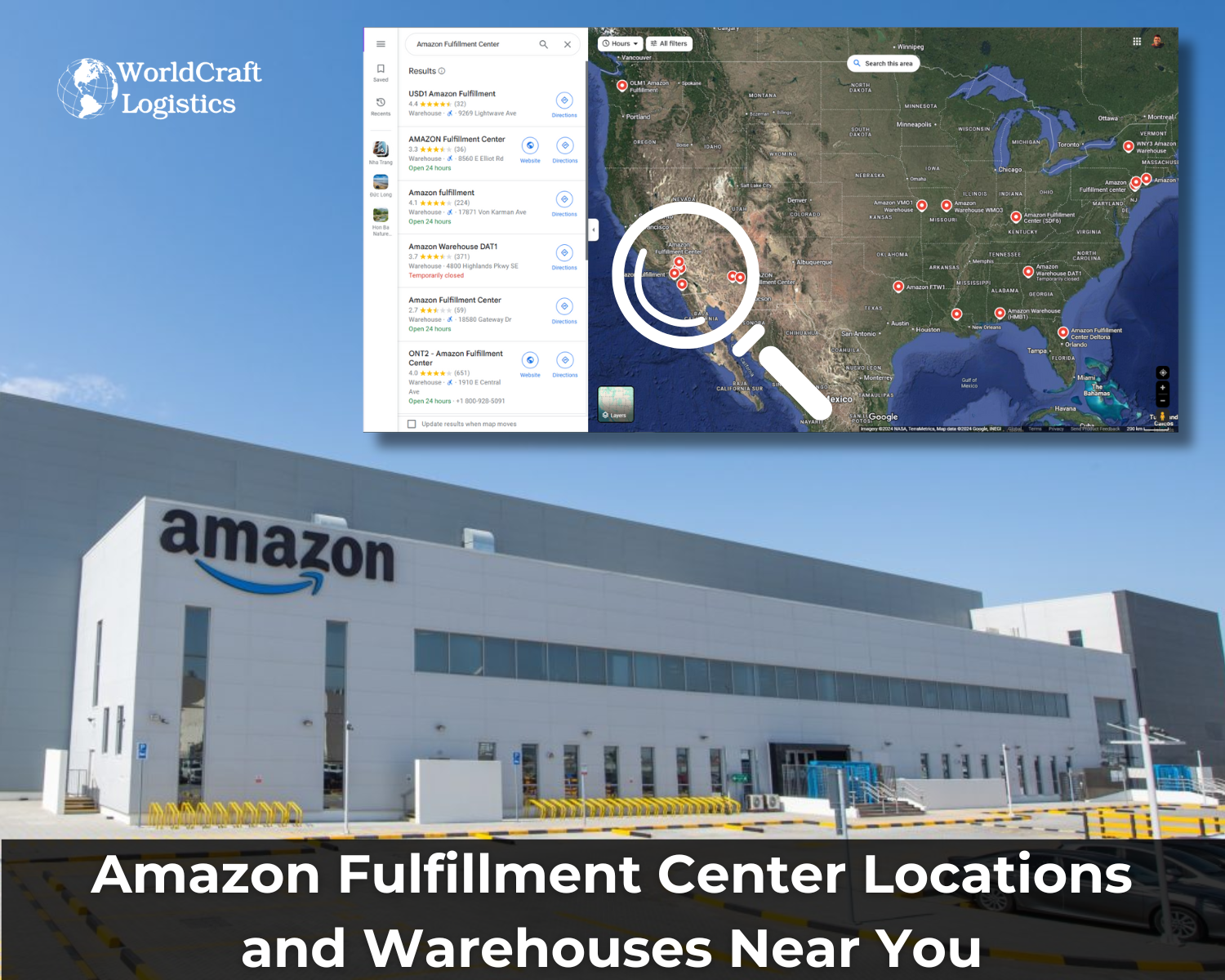
Amazon Handbook
11/10/2024

Amazon Handbook
09/15/2024
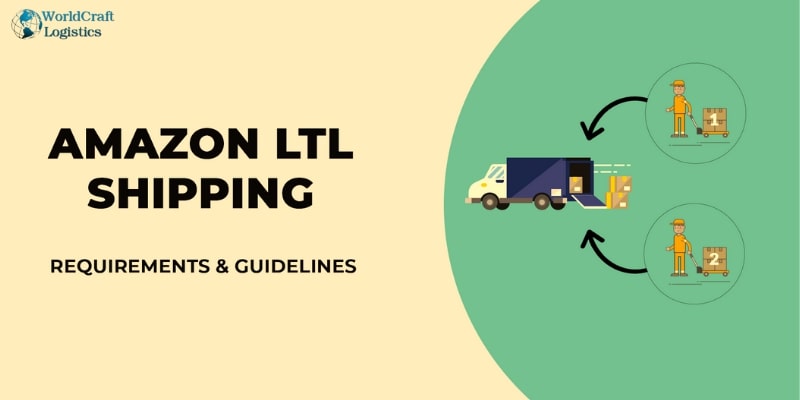
Amazon Handbook
10/15/2023
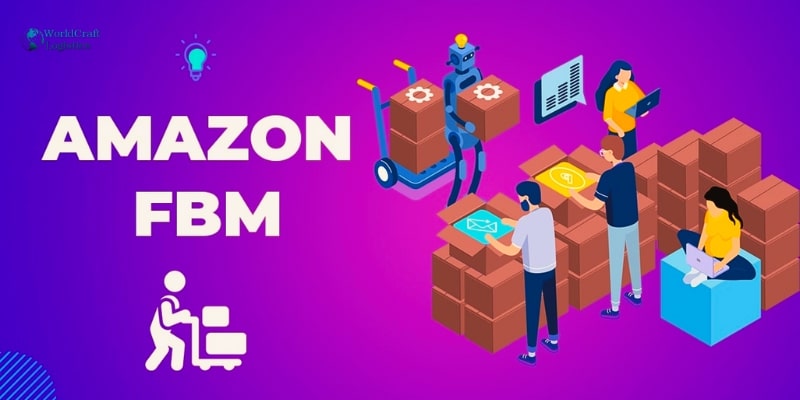
Amazon Handbook
12/04/2023